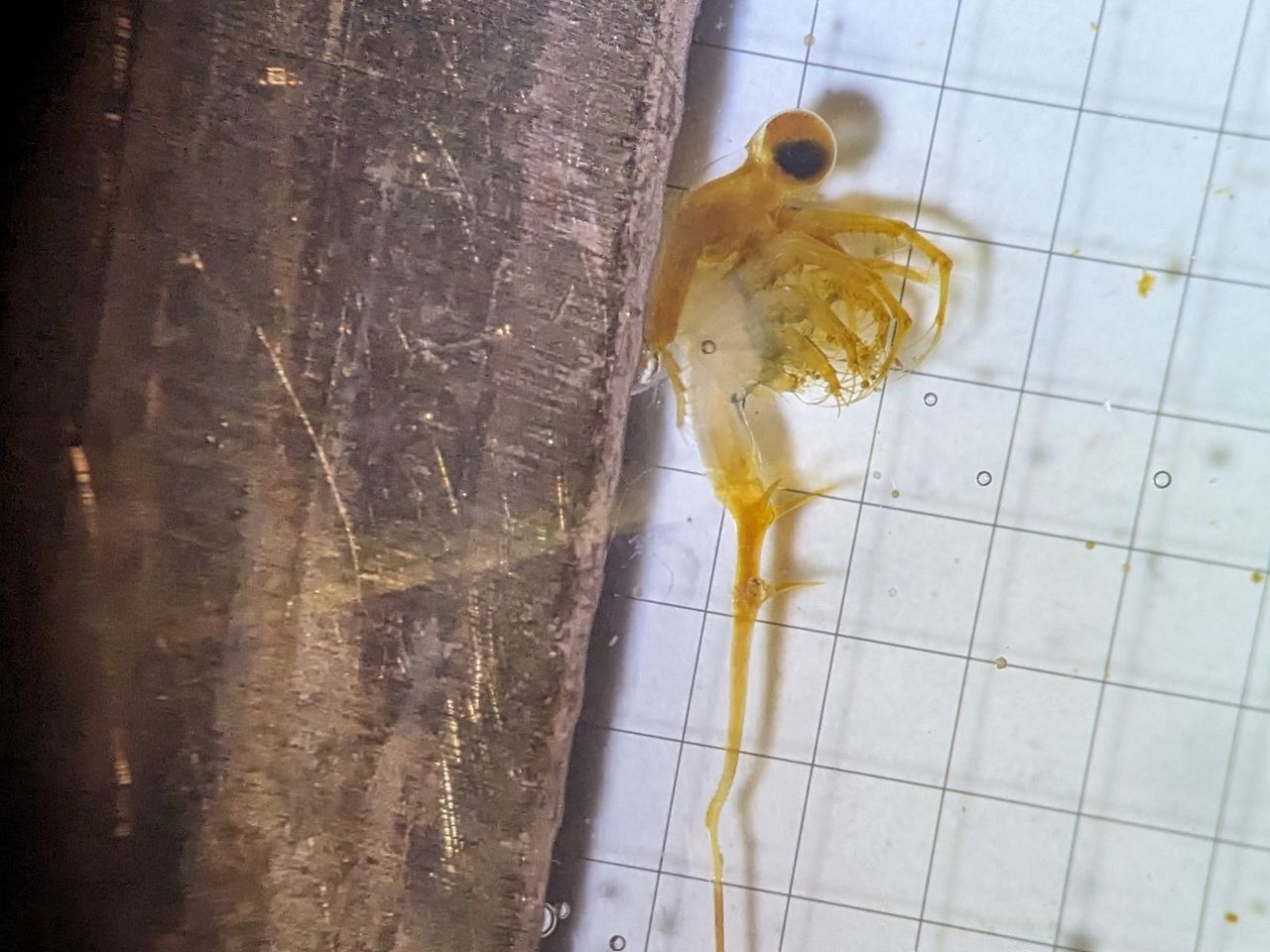
The spiny water flea was discovered in Lake Winnipesaukee in September, marking the first time the aquatic invasive species has ever been detected in the Granite State, officials announced Friday.
State biologists from the New Hampshire Department of Environmental Services documented the presence of the spiny water flea in the deepest part of Lake Winnipesaukee in the Broads in Gilford, New Hampshire on Sept. 13. Further sampling confirmed the microscopic animal is also in the Alton and Wolfeboro areas of the lake. The infestation is believed to be recent, according to a statement from NHDES.
NHDES biologists have been monitoring for the species for the past eight years, anticipating its eventual detection in New Hampshire. The tiny animal was likely introduced to the lake by boaters who visited a waterbody with an existing infestation, and eggs or live organisms were probably brought over on fishing or recreational gear or in the bilge or live well of a boat. The species’ expansion into other waterbodies in the state is likely over time, according to the statement.
“Invasive species are very good at spreading to new locations,” said Kirsten Hugger, an aquatic ecologist with NHDES. “We anticipated there was potential for introduction to Lake Winnipesaukee due to boater traffic, which is why we initiated a monitoring program in 2016. However, it is still surprising and disappointing to have confirmed that spiny water flea is in New Hampshire.”
The spiny water flea, also known as zooplankton, is native to Europe and Asia and was first introduced to the United States through the Great Lakes in the 1980s. The nearest locations of other infestations include Lake Champlain in Vermont as well as Lake George and a few other waterbodies in New York, according to the statement.
There are no ways to control the species once it is established. So, the best and only management option is to prevent introduction into uninfected waterbodies by cleaning, draining and drying all boats and recreational gear after leaving a waterbody, as required by New Hampshire state law, the statement said.
The spiny water flea is not harmful to humans. However, it can be a nuisance when it builds up on fishing lines. The animal can also negatively impact aquatic food webs by changing the plankton community. In turn, fish populations can be affected, according to the statement.
“Some of our native fish species could be impacted by this,” said John Magee, programs supervisor with the Inland Fisheries Division at the New Hampshire Fish and Game Department. “At high densities, the spiny water flea can outcompete native zooplankton on which some of our native fish species rely.”
Non-native aquatic invasive animals are those not naturally found in New Hampshire’s lakes, ponds and rivers. Because they are not native, they have few predators or diseases, allowing them to grow quickly and dominate the freshwater systems. Aquatic invasive species, whether they are invasive animals or plants, can impact native aquatic species, reduce shorefront property value, impair water quality and cause problems with the aesthetic and recreational value of waterbodies, the statement detailed.
Boaters and other on-water recreation enthusiasts are urged to be aware of their role in the spread of aquatic invasive species, large or small, and practice good lake stewardship activities.





